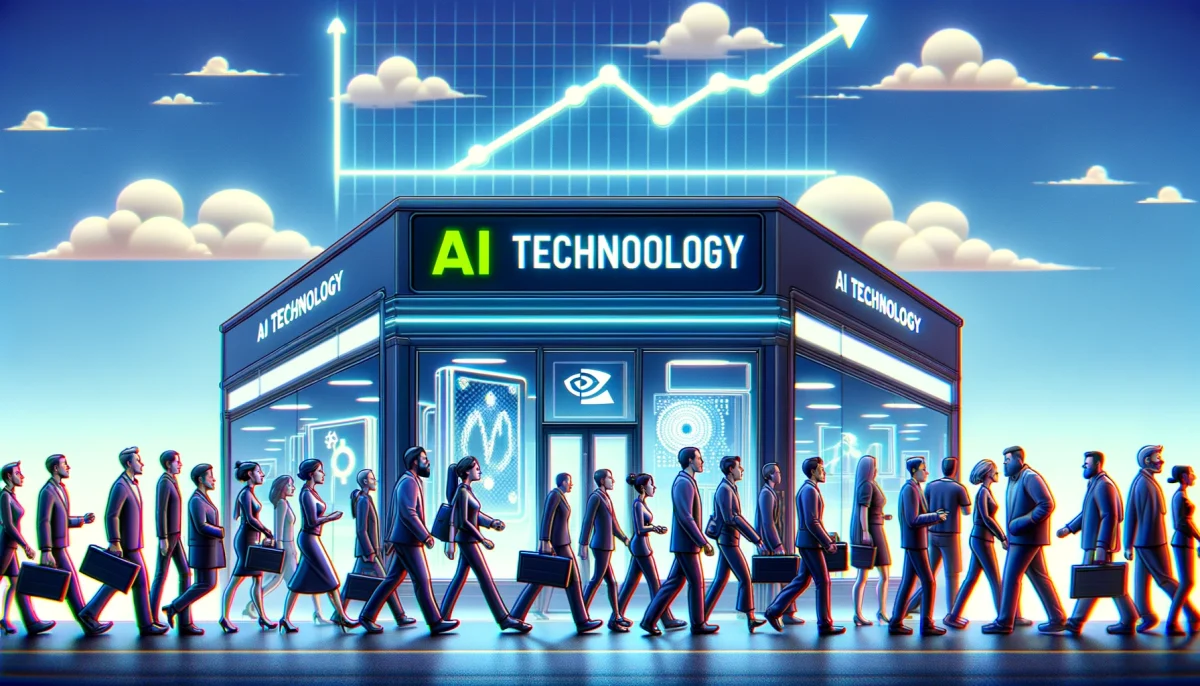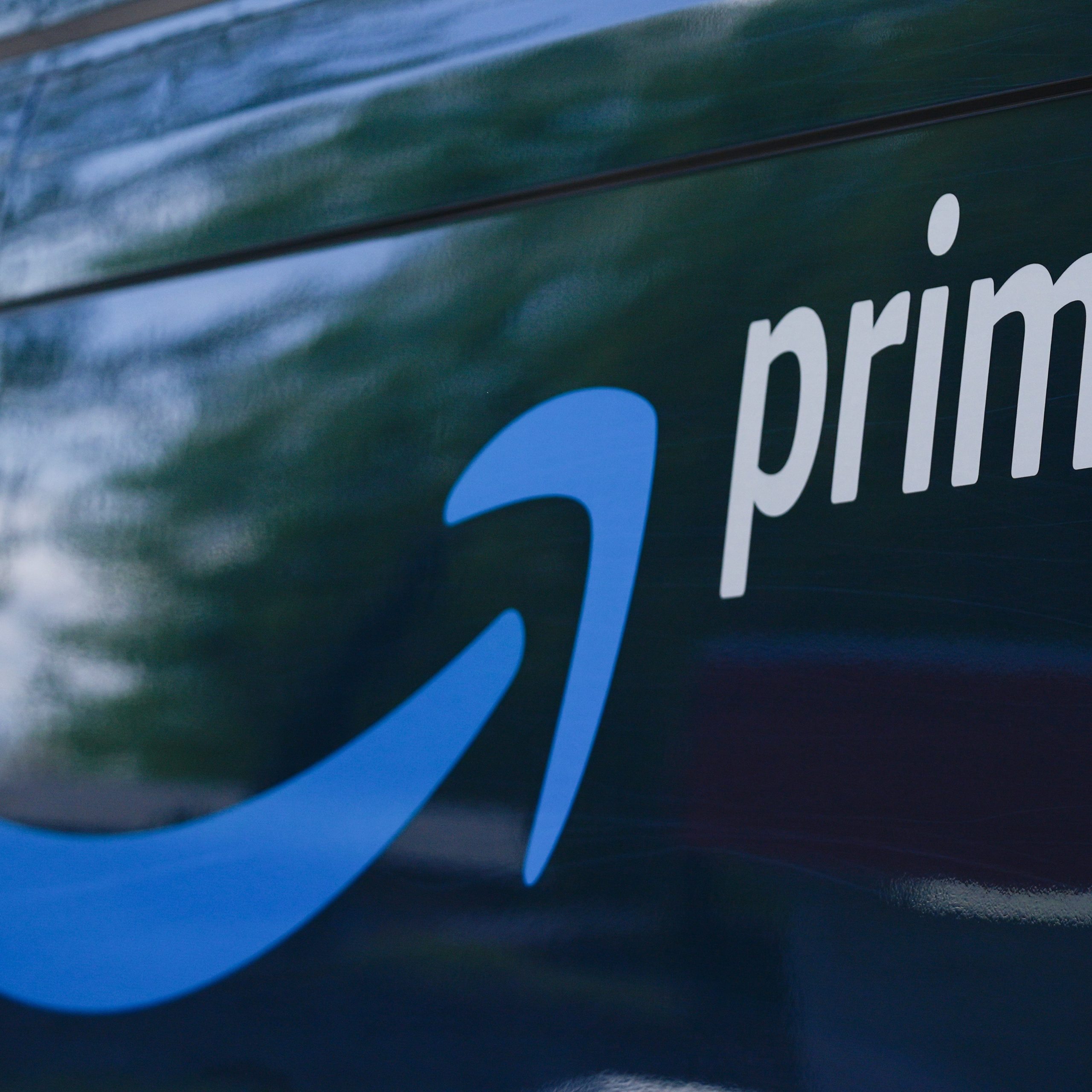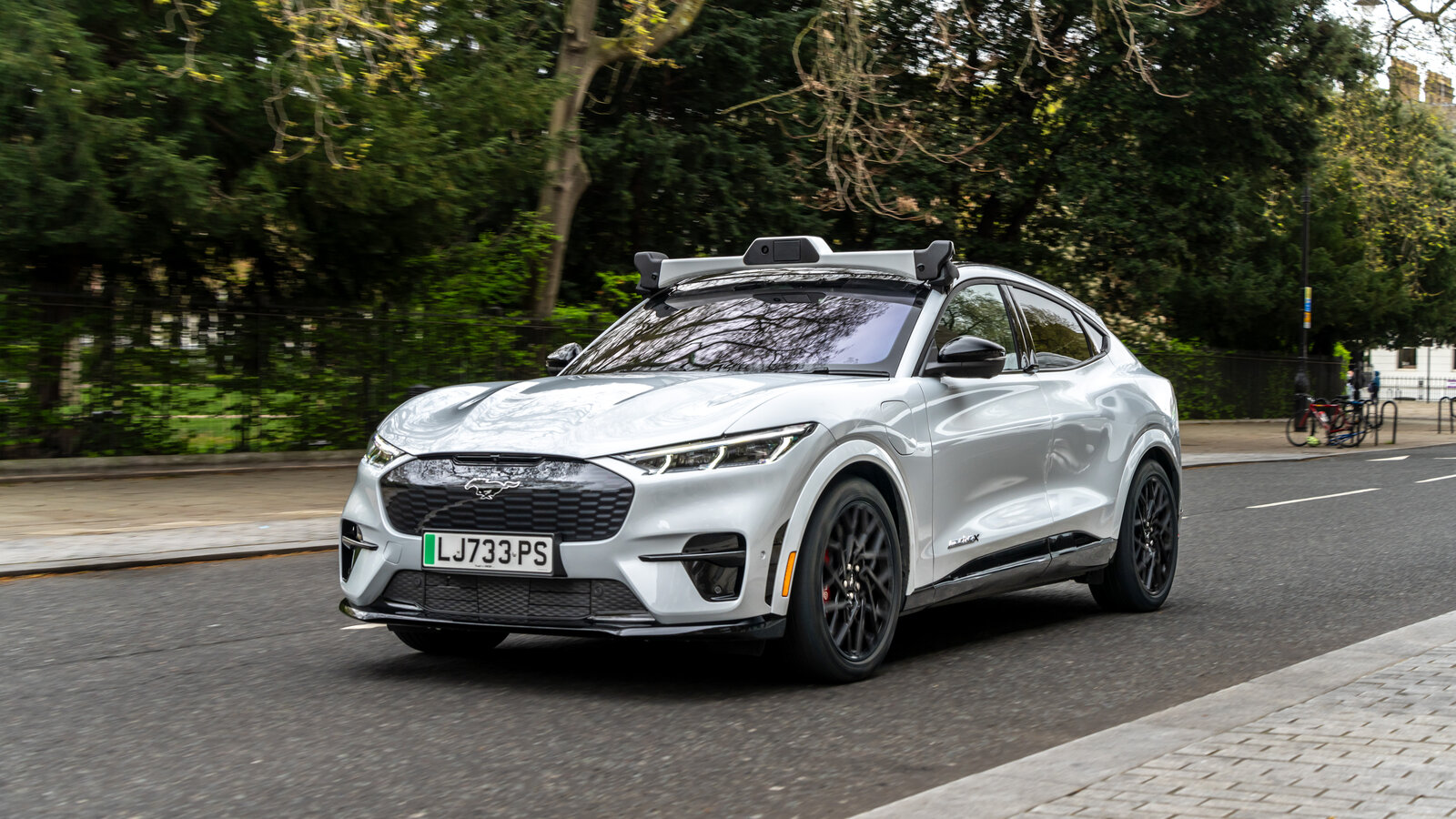Wait times for Nvidia’s AI GPUs have significantly decreased, indicating a potential peak in short-term growth. This development suggests shifts in market dynamics and production capacity. As a result, it will potentially impact Nvidia’s future trajectory.
Nvidia’s enhanced delivery time
UBS analysts reveal that the lead time for Nvidia’s popular H100 80GB GPU has reduced from 8-11 months to just 3-4 months. This shortened wait time implies improvements in production capacity. It’s potentially driven by expansions in CoWoS packaging production.
The shortened lead times present both opportunities and obstacles for Nvidia’s growth. On one hand, increased production capacity means better supply and quicker order fulfillment. This will likely result in boosting short-term revenue and earnings. However, as lead times approach zero, the tech giant may face a transition from shipping against backlogs to solely fulfilling new orders. This will potentially result in revenue decline.
TSMC’s capacity expansion
TSMC’s commitment to expanding CoWoS capacity suggests accelerated progress. Additionally, the company is aiming to double its capacity by the end of 2024. This expansion, ahead of schedule, may contribute to the reduction in H100 lead times. It will result in improved efficiency in the supply chain.
Nvidia is unable to ship fully-enabled H100 GPUs to China due to U.S. restrictions. This situation has reportedly led to lower demand in the region. However, this constraint may have inadvertently freed up excess H100 silicon for shipment elsewhere. This leads to shorter wait times. The extent of China’s influence on the reduction from 8-11 months to 3-4 months remains unclear.
The market expects Nvidia to keep growing steadily until January 2026. However, the fast decrease in lead times indicates growth may slow down soon. Analysts caution that the current stock valuation may not reflect this anticipated slowdown. It assumes uninterrupted growth.
Broader industry dynamics
Nvidia’s sequential growth could face challenges. However, the broader AI industry continues to expand. The company’s shipments, along with those from competitors, are increasing the number of installed GPUs. While the tech company’s growth may face hurdles, the overall advancement of the AI industry remains promising.
The reduction in wait times for Nvidia’s AI GPUs signifies a critical shift in market dynamics. It’s driven by improved production capacity and potential shifts in demand. This development may present challenges for the tech company’s future growth trajectory. However, the broader AI industry’s expansion continues to support long-term prospects. As Nvidia navigates these changes, attention turns to how it adapts its strategies to sustain growth amidst evolving market conditions.





